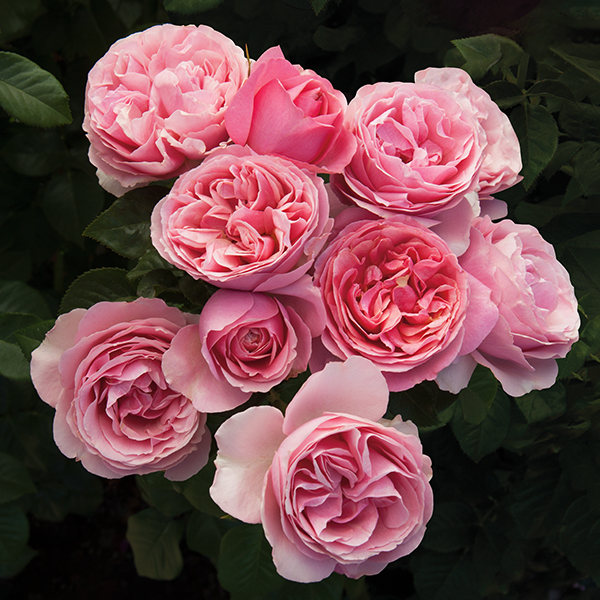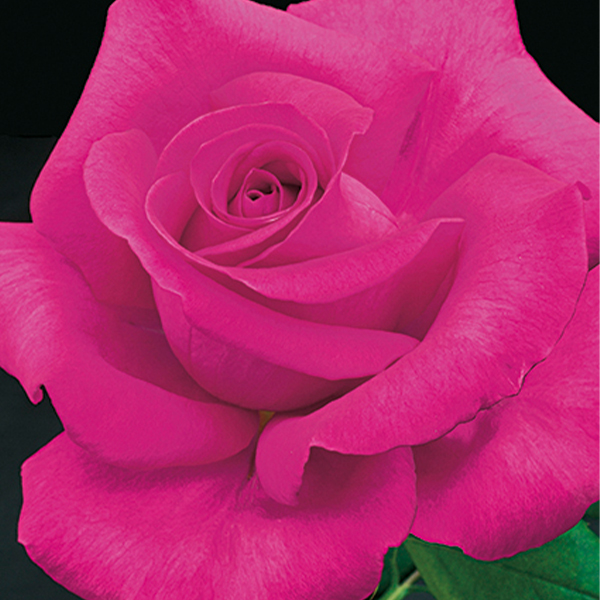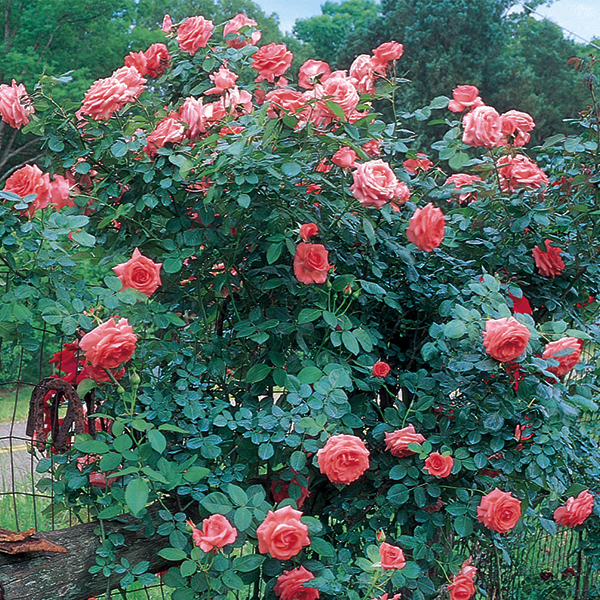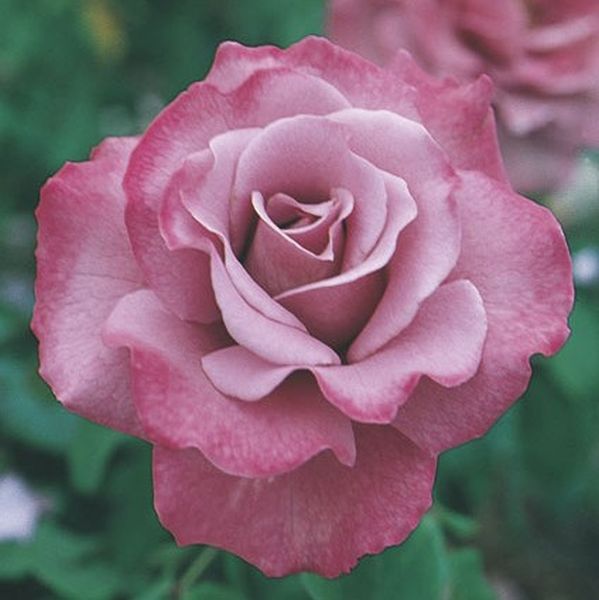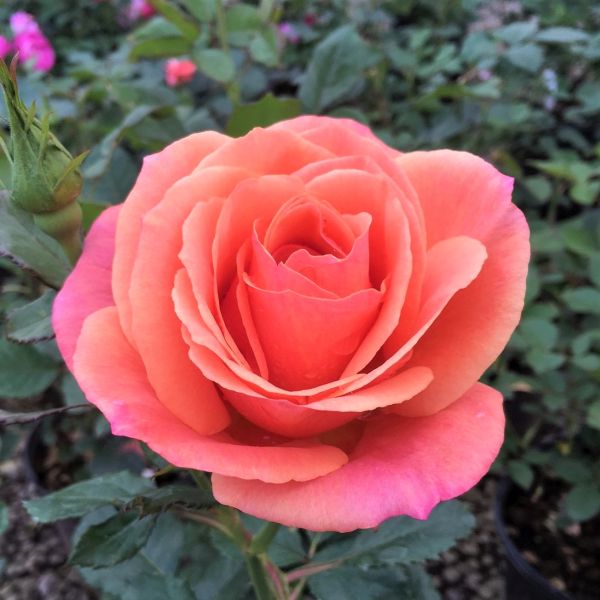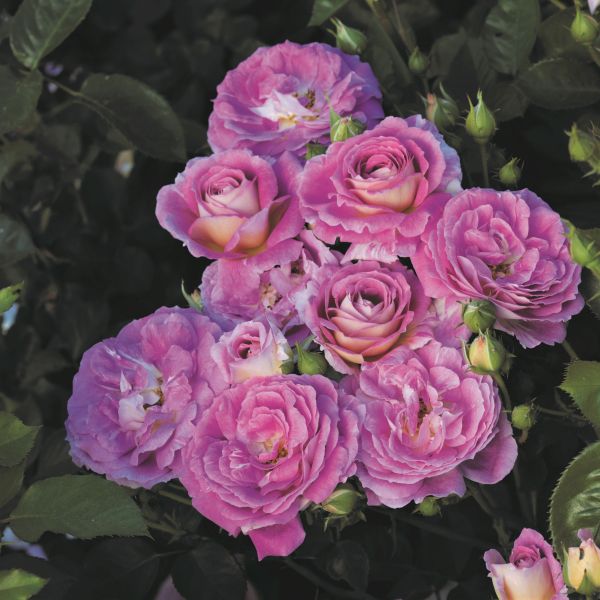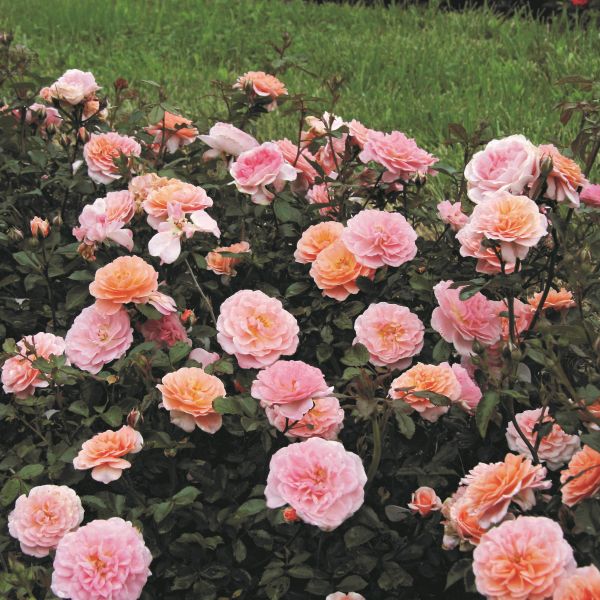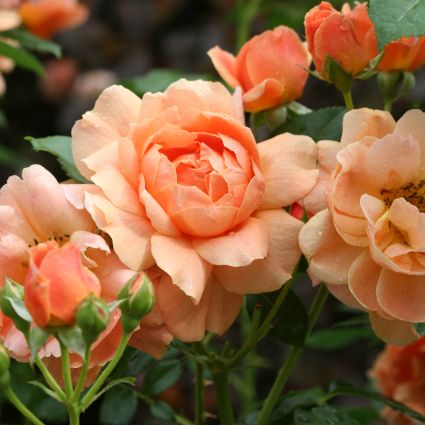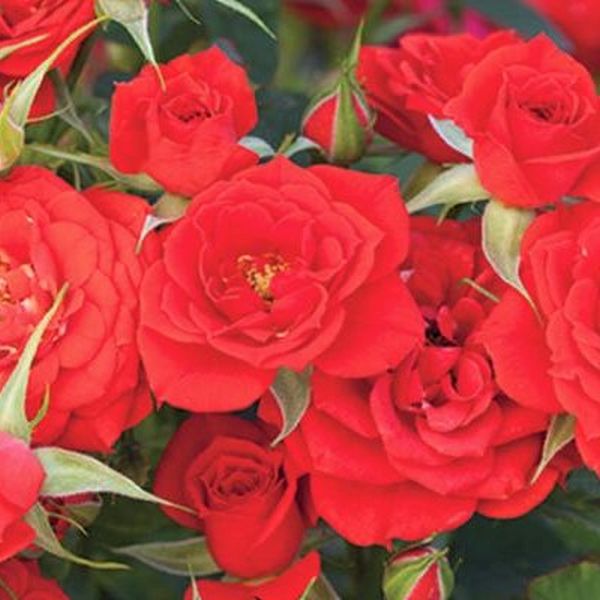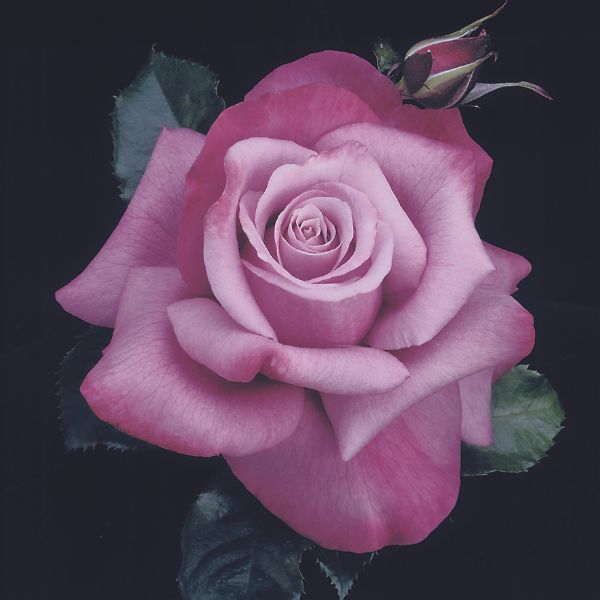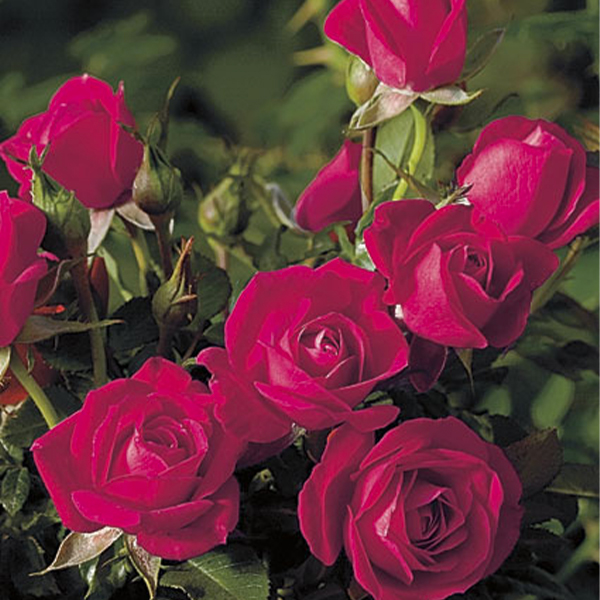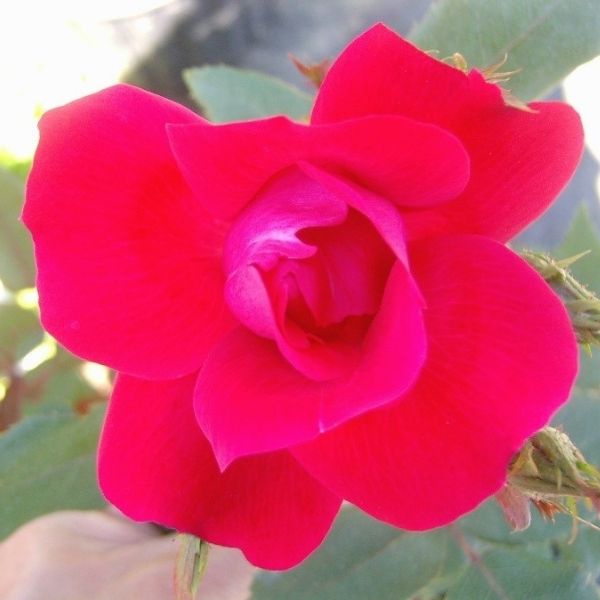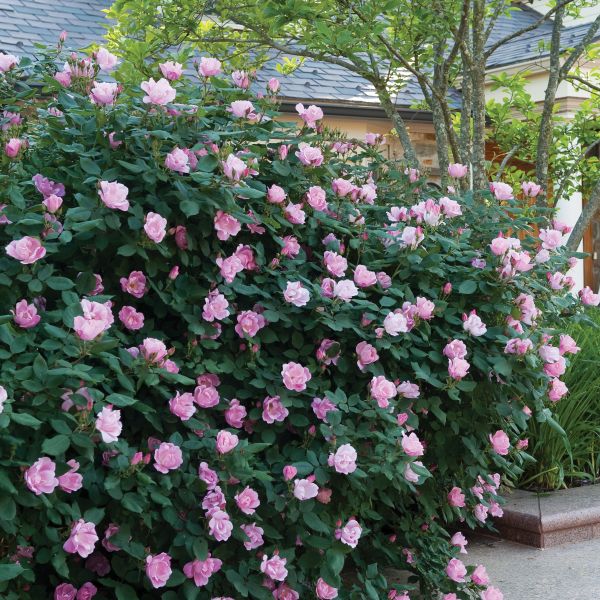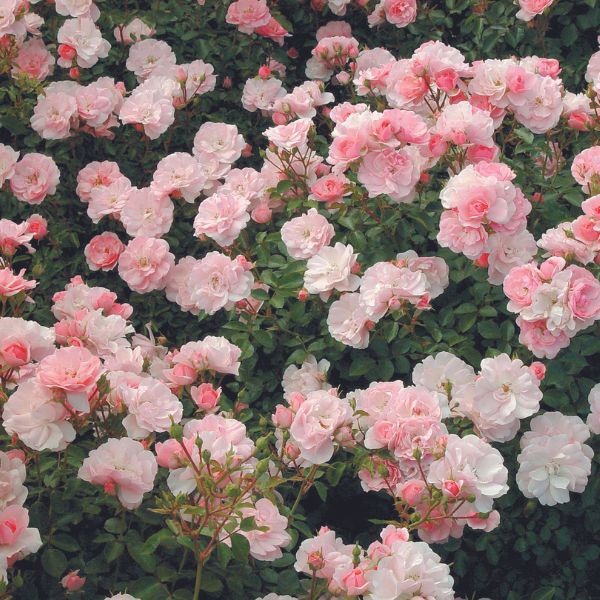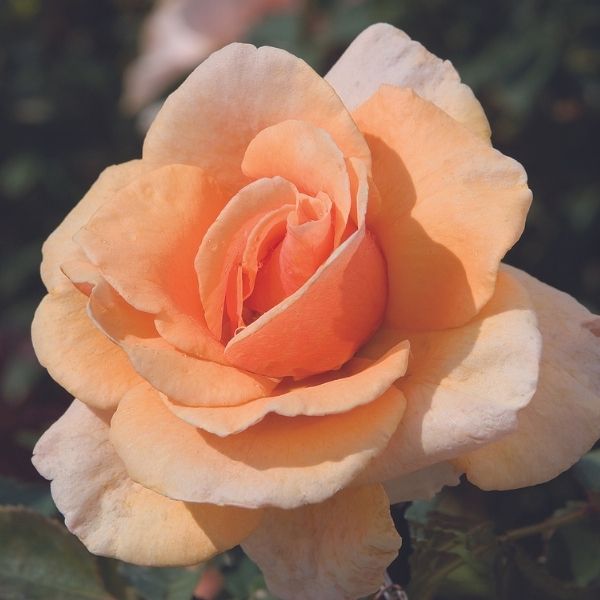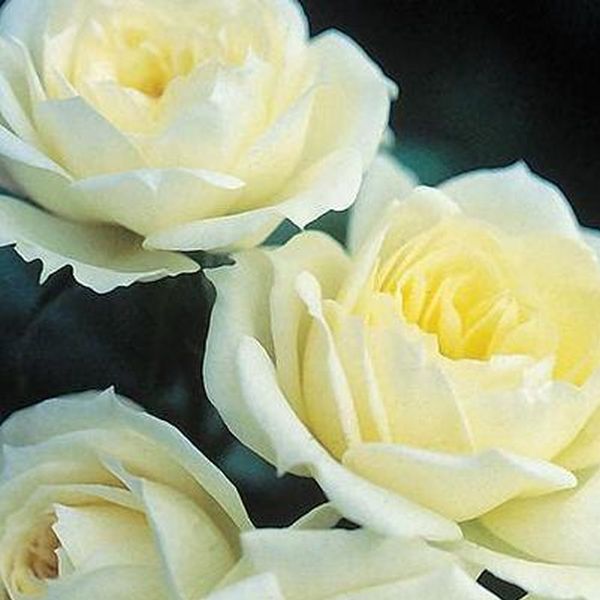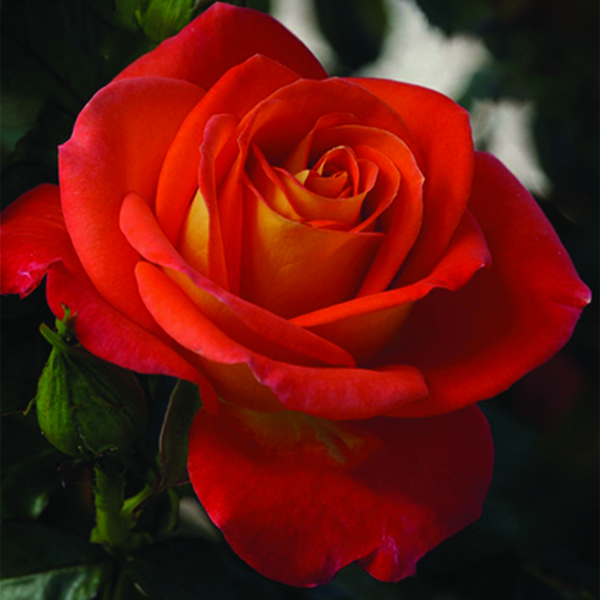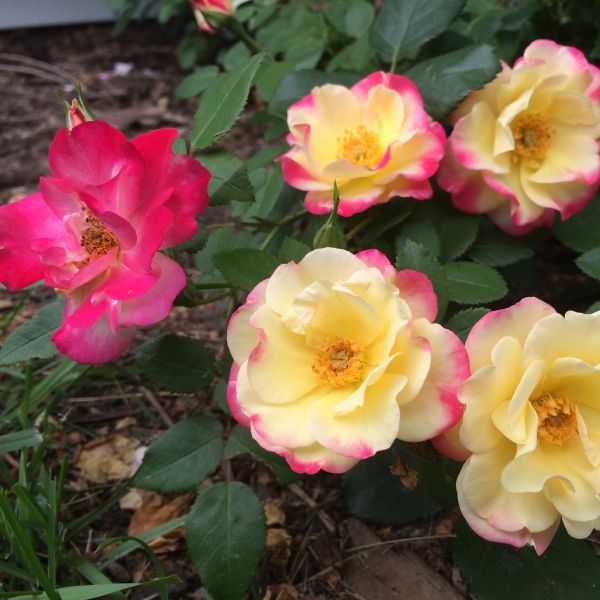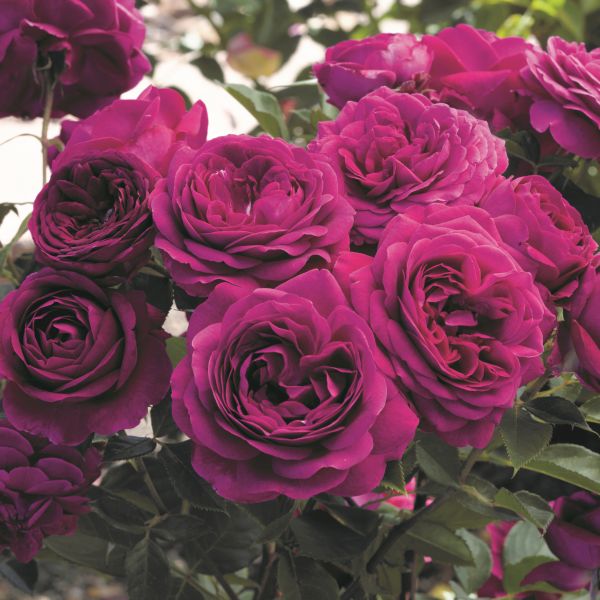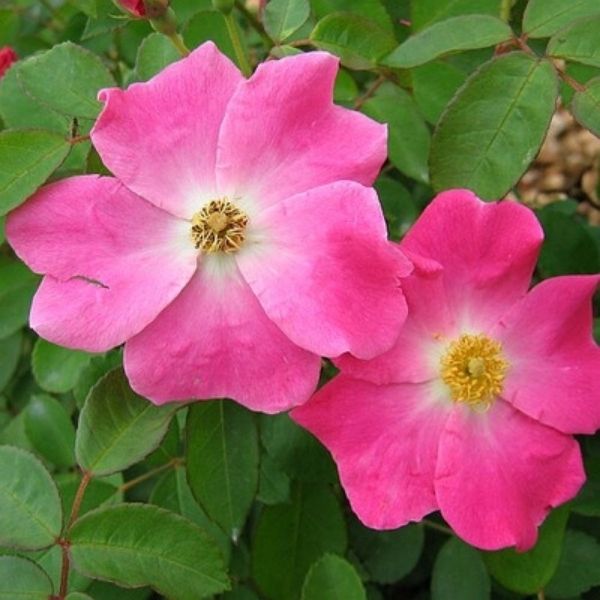
Nearly Wild Rose
Rosa x 'Nearly Wild'
16 reviews
Nearly Wild Rose
Rosa x 'Nearly Wild'
16 reviews
- Low maintenance plant
- Drought tolerant
- Beautiful, fragrant blooms
- Recommended by landscape designers for optimal fit in real yards
$82.00
$118.00
30% Off
- Ships to 43215 in 3 to 7 days
- Free Shipping Over $150
- Plant Arrival Guarantee
- In Stock
- Free Plant Consult
$200 - Landscape-Approved: Every Plant We Sell Comes With Design Expertise Behind It
2.5 Gallon
Not just beautiful - intentionally selected by ShrubHub's 3D landscape design team to fit real-world spaces and maximize yard potential.
Why Nearly Wild Rose?
Nearly Wild Rose (Rosa x 'Nearly Wild') is a popular rose variety due to its numerous desirable traits. This hybrid cultivar offers the beauty and elegance of traditional roses while being low-maintenance and disease-resistant. Its compact growth habit, profusion of small, pale pink flowers, and ability to tolerate various soil conditions make it a versatile choice for gardeners. Additionally, it attracts pollinators and adds charm to any landscape.
People who loved this plant also bought
Sunlight
Nearly Wild Rose requires full sun or partial shade for at least six hours a day to thrive and produce abundant blooms.
Watering
The watering requirement for the Nearly Wild Rose is low.
Fertilizing
The fertilizer requirement for Nearly Wild Rose is dependent on various factors such as soil quality, plant health, and environmental conditions. It is recommended to consult with a horticulturist or refer to specific care guidelines for this rose variety.
Nearly Wild Rose (Rosa x 'Nearly Wild')
The Nearly Wild Rose, scientifically known as Rosa x 'Nearly Wild', is a popular and versatile shrub that belongs to the Rosaceae family. This low-maintenance, compact rose cultivar is highly appreciated for its abundant blooms, delightful fragrance, and overall hardiness.
Physical Characteristics
- Size: The Nearly Wild Rose typically grows to a height and width of around 2 to 3 feet, making it an ideal choice for smaller gardens, containers, or as a border plant.
- Foliage: The leaves of this rose variety are dark green, glossy, and feature a serrated edge, adding an attractive element even when the plant is not in bloom.
- Flowers: The Nearly Wild Rose produces numerous clusters of delicate, single pink blooms measuring approximately 1 to 1.5 inches in diameter. The flowers carry a subtle and pleasant fragrance that attracts pollinators, such as bees and butterflies.
Growing Conditions
- Hardiness: This rose cultivar is exceptionally resilient, adaptable to a wide range of climates, and can thrive in USDA hardiness zones 4-10.
- Sunlight: The Nearly Wild Rose performs best when planted in a location that receives full sun to partial shade, ensuring at least 6 hours of direct sunlight per day.
- Soil: It prefers well-draining soil with a slightly acidic to neutral pH level. However, it can tolerate a variety of soil types, including clay and sandy soils.
- Watering: Regular watering is essential during the plant's establishment period. Once established, it becomes more drought-tolerant, but occasional deep watering is still beneficial for optimal growth and blooming.
- Pruning: Minimal pruning is required for the Nearly Wild Rose. It is recommended to remove dead or damaged wood, and lightly shape the plant after the blooming season to encourage new growth and maintain a tidy appearance.
Uses
With its compact size and beautiful blooms, the Nearly Wild Rose can be utilized in various ways, such as:
- Ornamental Purpose: It serves as an excellent ornamental shrub, adding a pop of color and fragrance to gardens, borders, or containers.
- Groundcover: Due to its low and spreading habit, it works well as a groundcover plant, effectively filling empty spaces or preventing weed growth.
- Cut Flowers: The Nearly Wild Rose's blooms make charming additions to floral arrangements, offering a touch of natural elegance to indoor spaces.
- Wildlife Habitat: Its vibrant flowers attract pollinators like butterflies and bees, contributing to the ecosystem and supporting biodiversity.
Whether you're a novice gardener or an experienced enthusiast, the Nearly Wild Rose's adaptability and durability make it a delightful addition to any landscape. Its long-lasting blooms, low maintenance requirements, and pleasing fragrance make it a highly sought-after rose variety.
Plant Information:
| Botanical Name: | Rosa x 'Nearly Wild' |
| USDA Zones: | 4 - 9 |
| Water: | Moderate |
| Exposure: | Full Sun |
| Soil Needs: | Well Drained |
| Mature Height: | 2 - 3 feet |
| Mature Spread: | 2 - 3 feet |

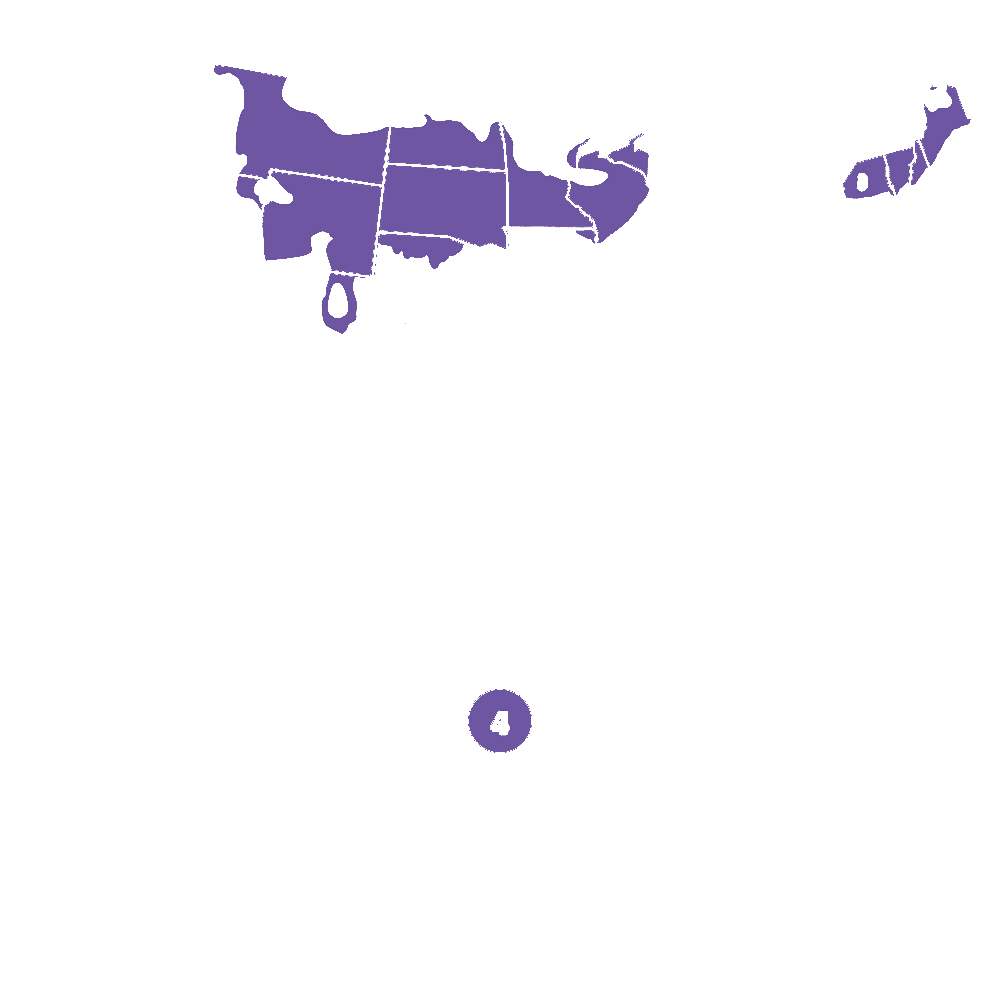
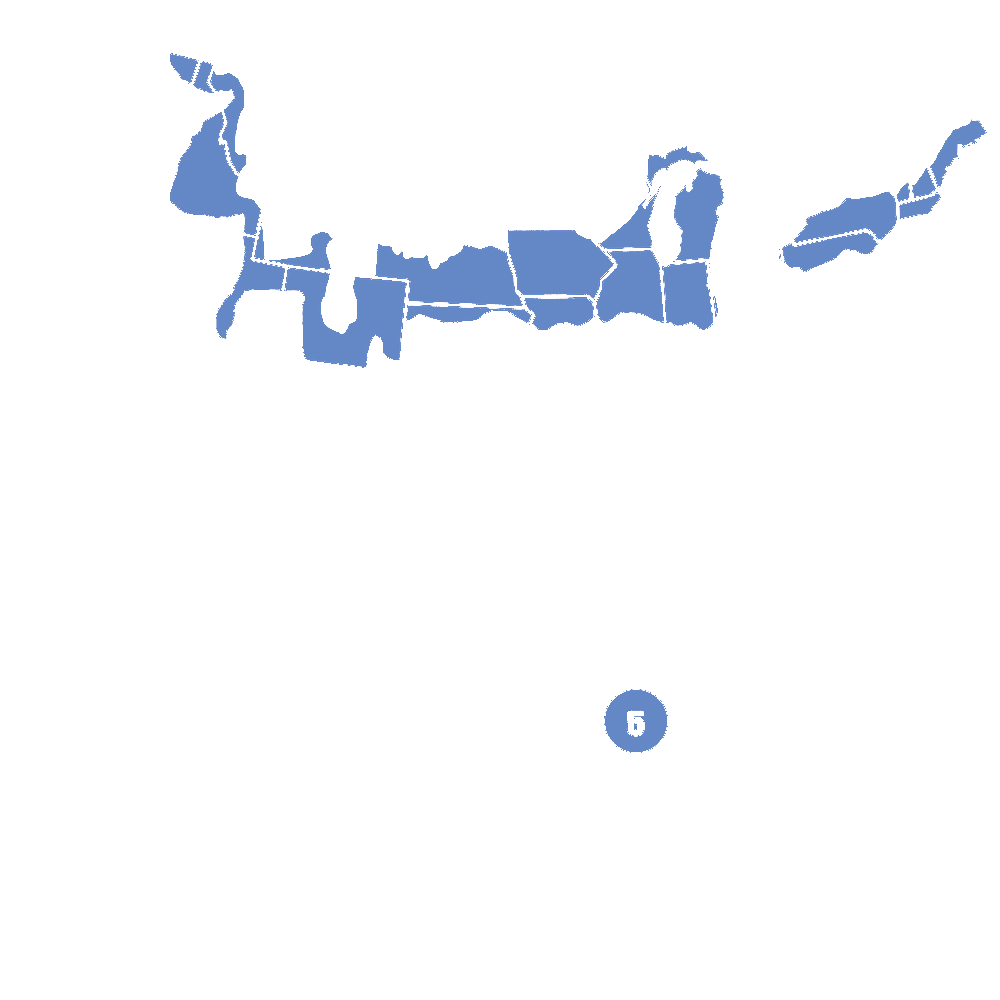
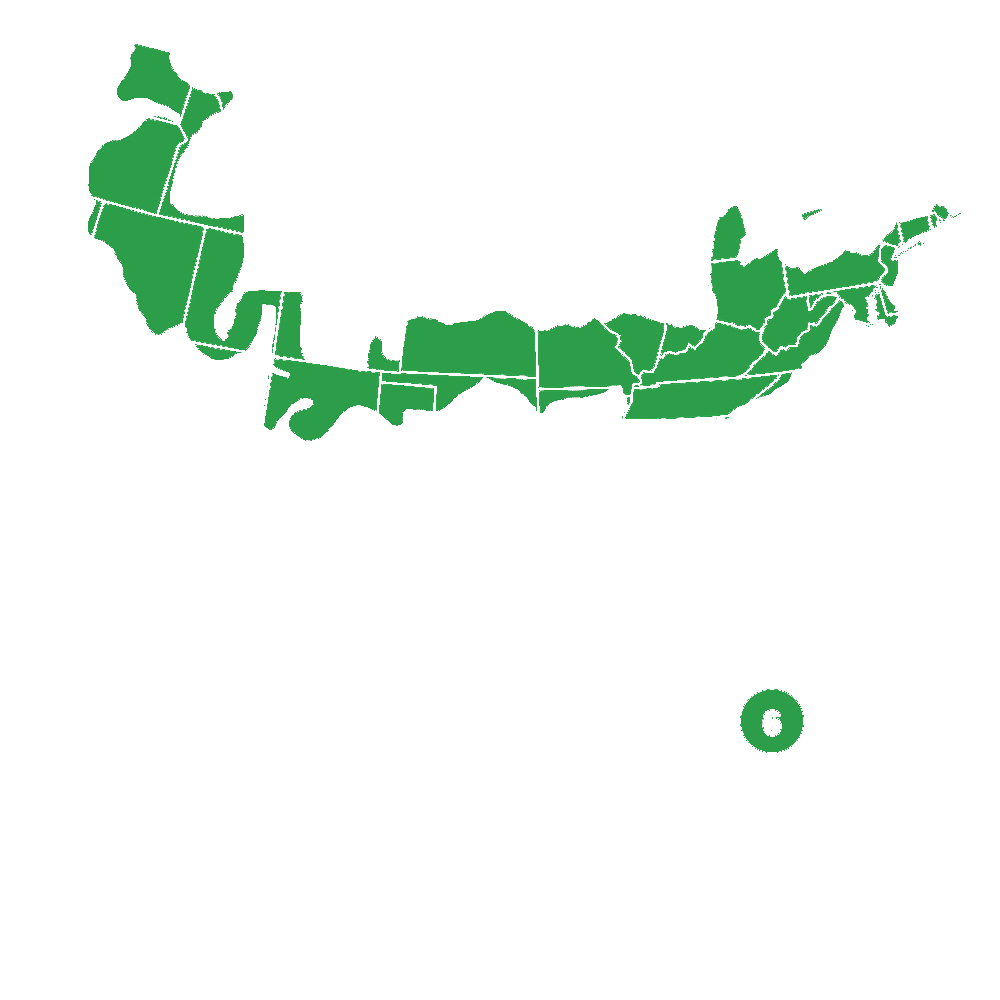

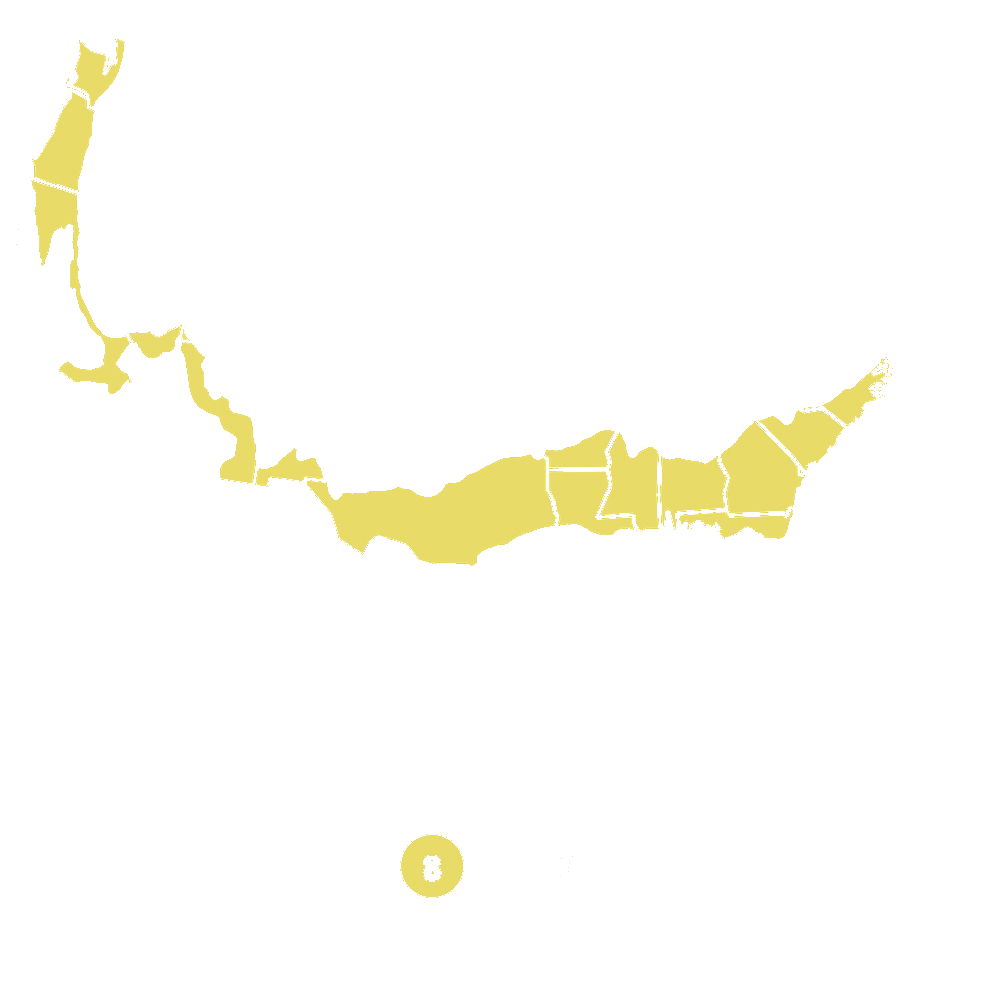
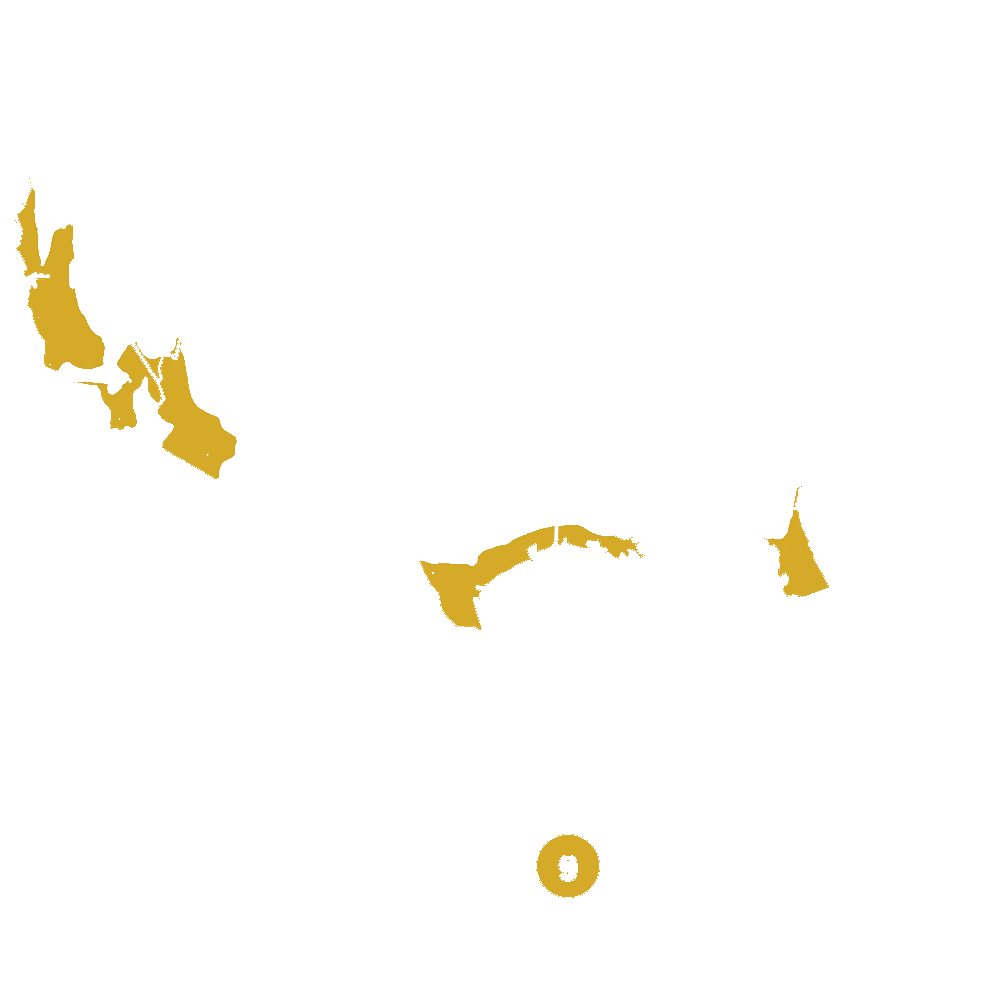
Pollination Info
Pollination Information for Nearly Wild Rose (Rosa x 'Nearly Wild')
- Pollination type: Almost all rose varieties, including Nearly Wild Rose, are self-fertile or self-pollinating. This means that they can produce viable seeds without the need for cross-pollination with another rose variety.
- Pollination partners: While Nearly Wild Rose does not require a pollination partner for seed production, cross-pollination by insects can still occur and may enhance the genetic diversity of the offspring. Therefore, having other rose varieties nearby can potentially result in more varied and interesting seedlings.
- Pollinators: Nearly Wild Rose is primarily pollinated by bees and other flying insects. Its attractive flowers, with abundant pollen and nectar, serve as a valuable food source for pollinators.
- Pollination process: Insects, particularly bees, are attracted to the bright and fragrant blossoms of Nearly Wild Rose. As the bees move from flower to flower in search of nectar, they inadvertently carry pollen from the stamens (male reproductive structures) to the pistils (female reproductive structures) of the flowers. This transfer of pollen enables fertilization and seed formation.
- Seed production: After successful pollination, Nearly Wild Rose develops small, round hips that contain the seeds. These hips usually take several months to mature and turn from green to orange or red as they ripen. Once fully ripe, the hips can be collected, and the seeds can be extracted for propagation.
Please note that while Nearly Wild Rose does not rely on specific pollination partners for seed production, it may still benefit from having other rose varieties nearby to attract a wider range of pollinators and potentially enhance the overall health and vigor of the plants.
FAQ
Frequently Asked Questions about Nearly Wild Rose (Rosa x 'Nearly Wild')
1. What is Nearly Wild Rose?
Nearly Wild Rose (Rosa x 'Nearly Wild') is a variety of rose that is known for its hardiness, disease resistance, and low-maintenance requirements. It is a hybrid rose that produces clusters of small, single, pink flowers with a mild fragrance.
2. How tall does Nearly Wild Rose grow?
Nearly Wild Rose typically grows to a height of about 2 to 3 feet (60 to 90 cm) and spreads to a width of 3 to 4 feet (90 to 120 cm). It has a compact and bushy growth habit.
3. Is Nearly Wild Rose suitable for containers or pots?
Yes, Nearly Wild Rose can be grown in containers or pots. Its compact size makes it an excellent choice for small gardens, balconies, or patios. Make sure the container has good drainage and provide regular watering and fertilizer for optimal growth.
4. Does Nearly Wild Rose require full sun or partial shade?
Nearly Wild Rose thrives in full sun, which means it requires at least 6 hours of direct sunlight per day for optimal growth and blooming. However, it can tolerate some light shade as well.
5. How often should I water Nearly Wild Rose?
Nearly Wild Rose prefers moist but well-drained soil. Water the plant deeply once a week, especially during hot and dry periods. Avoid overwatering, as it may lead to root rot or other fungal diseases.
6. Does Nearly Wild Rose require pruning?
Pruning Nearly Wild Rose is not essential, but it can benefit from occasional pruning to maintain its shape and remove dead or damaged branches. Prune in early spring before new growth begins, and remove any crossing or inward-growing branches to improve airflow and prevent disease.
7. How do I fertilize Nearly Wild Rose?
Feed Nearly Wild Rose with a slow-release granular rose fertilizer in early spring when new growth appears. Follow the manufacturer's instructions for application rates. Additionally, you can apply a compost or organic mulch around the base of the plant to provide nutrients gradually.
8. Are there any common pests or diseases that affect Nearly Wild Rose?
Nearly Wild Rose is generally resistant to most common rose diseases, including black spot and powdery mildew. However, it may still be susceptible to aphid infestations, which can be controlled with insecticidal soap or other organic insecticides.
9. Can Nearly Wild Rose be used as a ground cover?
Yes, Nearly Wild Rose can be used as a ground cover due to its low-growing and spreading habit. It forms a dense mat of foliage that helps suppress weeds. Plant multiple specimens about 2 to 3 feet apart to maximize coverage.
10. When does Nearly Wild Rose bloom?
Nearly Wild Rose typically starts blooming in late spring to early summer and continues to produce flowers intermittently throughout the growing season. Deadheading spent flowers can encourage more blooms.
Planting & Care
Planting & Care for Nearly Wild Rose (Rosa x 'Nearly Wild')
Planting
- Choose a sunny location in your garden with well-draining soil.
- Dig a hole that is wide and deep enough to accommodate the roots of the rose plant.
- Before planting, mix some organic compost or well-rotted manure into the soil to improve its fertility.
- Place the rose plant in the hole, ensuring that the bud union (the swollen area where the rose is grafted onto the rootstock) is slightly above the soil level.
- Backfill the hole with soil, gently firming it around the roots to eliminate any air pockets.
- Water thoroughly after planting to help settle the soil and provide moisture to the roots.
Care
- Watering: Keep the soil consistently moist, especially during hot and dry periods. Water deeply at the base of the plant rather than overhead to prevent diseases.
- Fertilizing: Feed the 'Nearly Wild' rose with rose-specific fertilizer in spring when new growth appears. Follow the package instructions for application rates.
- Pruning: Perform annual pruning in early spring when the plant is still dormant. Remove dead, damaged, or crossing branches. Also, thin out the interior of the plant to improve airflow and reduce the risk of diseases.
- Mulching: Apply a layer of organic mulch, such as wood chips or bark, around the base of the plant. This helps to conserve moisture, control weeds, and regulate the soil temperature.
- Weed Control: Regularly weed around the rose plant to reduce competition for nutrients and water. Be careful not to disturb the shallow root system while pulling out weeds.
- Pest and Disease Control: Monitor the rose plant for common pests like aphids and spider mites. Use organic methods or approved insecticides to control infestations. Also, watch for signs of diseases like black spot or powdery mildew and take appropriate measures, such as pruning affected areas or using fungicides if necessary.
- Winter Protection: 'Nearly Wild' rose is generally hardy, but providing winter protection during harsh winters can be beneficial, especially for young plants. Surround the base of the plant with a layer of mulch and consider covering the plant with burlap or a rose cone to insulate it from extreme cold.
Check Out These Verified Customer Reviews:
Customer Reviews
4.6 out of 5 based on 16 reviews
Thank you! Your review has been submitted.
The Nearly Wild Rose I received was even more beautiful in person. The item was in perfect condition and the quality exceeded my expectations. The website was easy to navigate and the shipment arrived promptly. Customer service was also very helpful and friendly.
The roses from Nearly Wild Rose are stunning and arrived in perfect condition.
High-quality items, very happy with purchase.
Item has been added to your cart.



